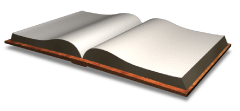

Life with Pain - Living With Pain
The information in this section fits most situations, but what you are going through may be different. If the doctor or nurse tells you to do something else, please follow what they say. If the doctor or nurse tells you to do something else please follow what they say.
If you think there may be a medical emergency, go to your nearest hospital Emergency Room.
Click on the Contact Us button at the top of the page to access other helpful phone numbers.
This chapter talks about a number of everyday tasks that most people take for granted but that can be difficult for people with chronic pain. Practical tips are given for dealing with these tasks of life.
Click on the video to learn more about life with pain

Goals

Learn


Read
Do
About ways you can make daily life activities a little easier
How to make your environment more suitable for you
Answer questions n this chapter. Talk with your coach

Goal
Be able to make and achieve reasonable goals related to activity, work, social activity, and everyday tasks
PACE - Picking a Problem
-
Introduction
It is time to do some detective work and pick a problem that you would like to work on. This is the first step of PACE!
The information in this section fits most situations, but what you are going through may be different. If the doctor or nurse tells you to do something else, please follow what they say.






My wife tells me that I should have a hobby. I don’t see the use for one anymore; I am in just too much pain
All I do after work and on weekends is lie down and try to recuperate from fatigue. I feel like I don’t have a social life anymore
I am so scared of making my pain worse, that I avoid all activities that can increase my pain
Mornings are really hard for me. I am usually quite tried and it’s hard to get ready for work because my body is so stiff. I usually have to take lots of breaks and then I end up being late for work

Cooking is one of my passions, but now I find it too hard to stand for such a long period of time so I just don’t cook anymore
I find things like shopping too difficult, now my wife does all the shopping. I would like to be able to do it again, but it seems too overwhelming
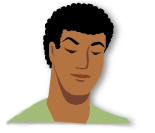
-
Personal daily living tasks
Early morning stiffness is a common problem for people with chronic
pain. Most of the personal daily living tasks take place in the morning
so pace yourself and try and do one or two things at a time. Take a
look at the Acting upon the problem section for helpful suggestions.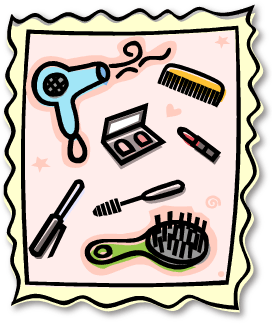
-
Domestic skills
Even when you are in pain it is important to do chores in and around
the house. You may notice that this will take more time on pain days,
but it is important to pace yourself during these activities. The Acting
upon the problem section includes ideas on how to pace various
activities.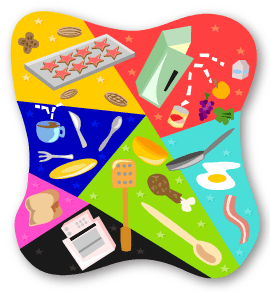
-
Leisure activities
At times you may not feel up to doing much, but leisure activities are very important. These may feel like activities you may no longer be able to do but in moderation you should be able to try.
If you used to play football maybe try new more relaxing activities like swimming. Pace yourself. Maybe playing a sport once a week instead of five times a week may be a good idea.
Sports are very important; not only is the exercise helpful in reducing pain but you will also share some fun times with your friends which can also lower your pain. A little bit of exercise everyday is crucial if you want to feel your best.
Leisure is difficult to categorize because what some people consider a leisure may be work to another (and the other way around)
• What does leisure mean to you?
• Has your leisure time decreased?
• If you have reduced your leisure time, ask yourself why this has
happened• Do you find that you are too tired for leisure activities?
• How important is leisure time to you?
It is important that we all have leisure time
Physical activities:
Take a look at various activities you may want to try. You might think it is silly to even consider some of these activities given your pain, but with planning and pacing people in the Pain 101 program have done amazing things!
Artistic Activities:
Relaxing Activities:
Other relaxing activities:

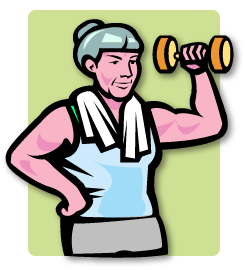
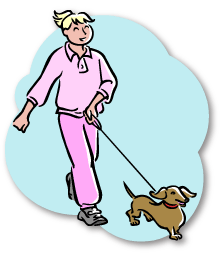
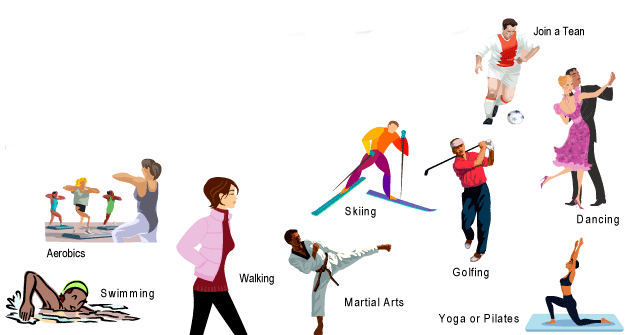
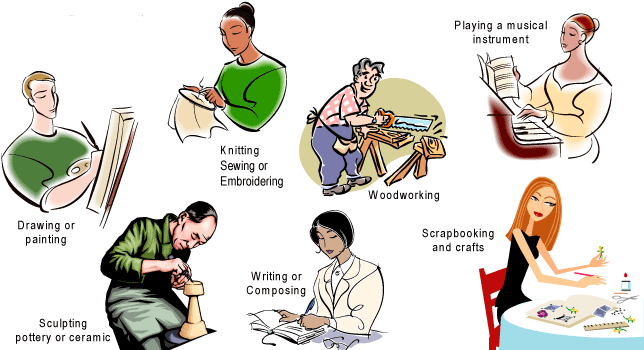
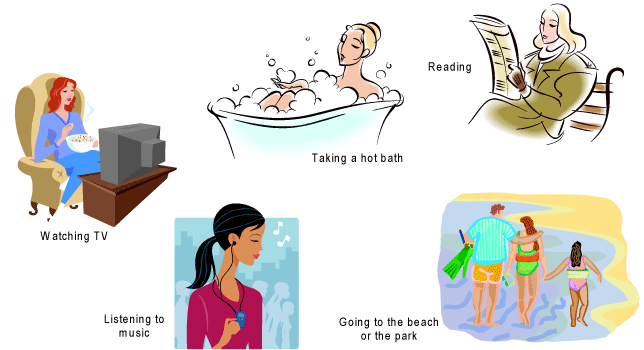
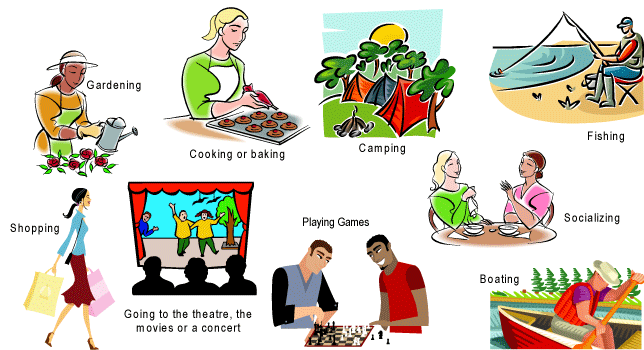
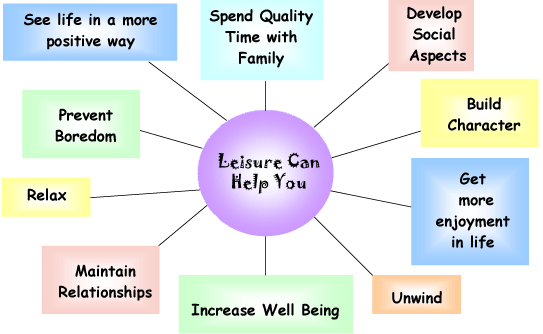
-
Work

When reading this section please keep in mind that there are different types of work and that it can take any of the following forms:
• Paid work
• Self employed
• Voluntary work
• Employment training
• Studying
• Domestic role and parenting
You could be in a variety of situations
Take a look at the following situations and see if there is one that looks like what you are going through:
• You gave up your previous work but would like to get back to it
• You are attempting to carry on at work, while coping with pain and are burdened with fear and anxiety
• You can cope with work reasonably well during the week, but have to use weekends and holidays to recover, leaving little energy or enthusiasm for any leisure activities
• You have left your previous workplace and find yourself wanting to establish a new role or routine
Click on the video to learn more about chronic pain and working
There may be many aspects of your work that may be worrying. Even the thought of returning to some form of work might cause some anxiety. If all of this is considered at once it is likely to be overwhelming.
Remember – work is about earning enough to meet your needs and leaving time and energy for fun and relaxation.
Coping with work
• Getting back to work may be a long-term goal, but needs to be taken step by step
• Alternatively, coping better with work may be your goal
Work should be satisfying without damaging your health in the process!


-
Myths and facts
There are many common thoughts on how pain affects a person’s quality of life. Some people may not find it easy to know which ones are true and which ones are false. You may have heard certain things about the way pain affects people’s lives or you could have made your own observations about it. Relying on false information can be serious and may lead to dangerous situations. Please see the following list of common thoughts on the impact of pain in people’s daily life, then in the box next to it see whether that statement is true or false.

-
Statistics
Take a look at the following statistic findings on communication. You might be surprised!
Did you know?
The Canadian health care system for heart disease would save $776 million a year if all Canadians were sufficiently physically active
In a pain survey, 63% of people with chronic pain said that they are unable to engage in routine activities of daily living
GARDENING is at the top of the Canadian leisure list. More than 80% of adult Canadians claim to garden to some extent
Almost 1.5 million Canadians say that pain limits their activities
-
Example
Julie picks a problem to work on
I find that the things I used to do (before my chronic pain condition) like
shopping, doing the laundry or even cooking, quite difficult and
overwhelming now. I am also scared that doing these things will only
increase my pain, so I avoid doing them. Now my wife does all of that
and I feel like I am quite dependent on her. I would like to be able to do
things for myself and be as independent as I used to. I would also like to have a sense of accomplishment again.

-
Worksheet
PACE - Acting Upon the Problem
-
Introduction
Now that you have clarified what concerns you most, it’s time to decide what to do. Ready... set... action! In this section, the 2nd section of PACE, we will look at how to deal with and plan for setbacks.

-
Personal daily living tasks
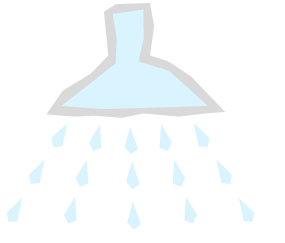
Here are some examples of personal daily living tasks. Using the Next button will lead you through all of these tasks, or if you prefer you can click on the task that is the most relevant to you.
Grooming in front of the mirror
• Check that your mirror is at a convenient height for you when
standing and sitting: you may be stooping unnecessarily• Bend your knees instead of stooping
• All the above activities are often carried out in the same position,
with the arms raised; this could be tiring, so try to rest or alternate
with a different type of activity. Take a break if you need one• If you have a spouse, a roommate, family member, or a friend
who may be able to help you do things like brush, blow dry or style
your hair it could save you some energy that you may need later in the dayWashing Hair
• Avoid standing and stooping over the sink
• It may be easier to sit or kneel on a high stool to lean over the basin
• An easier approach may be to use a shower
• Alternatively, a hand-held shower unit can be used attached to the bath taps
Bathing
• If you have difficulty sitting in the bath with your legs straight, it
may be helpful to position them slightly bent, or to kneel on the
bottom of the bath• It may be safer to use a bath mat and let the water out, before
climbing out of the bath• Be prepared and always keep your towel and soap within easy reach, to prevent any unnecessary over stretching or reaching
• If it is difficult to get out of the bath, turning over onto your knees to stand may be easier. Holding on to a hand rail can also help
Showering
• A cubicle shower is easier than having a shower over the bath, as it will save you from having to climb in and out. Not everyone is able to have one of these in their home though, so if you don’t you will have to work with what you do have.
• Climbing in and out can be the hardest part so take it slow and rest if you need to.
• You can also place a plastic chair in the shower if sitting down is easier for you. Just make sure that you have a mat on the bottom of the tub to prevent you or the chair from slipping.
• It is a good idea to make sure that someone is nearby in case you need help.
• Keep your shampoo and soap close to you so you do not have to reach or move too much around in the shower.
• A hand held shower unit that you can attach to a bath nozzle could be very helpful for washing your hair and body.
Dressing
Early morning stiffness is a common problem for people with chronic pain.
The following suggestions may be of some help:
• Remember to pace your activity – you may need regular rests, so have a comfortable chair easily accessible
• Some people find it easier to dress when sitting. When putting on shoes, socks or tights, it helps to place a foot on a stool, instead of bending down
• When dressing your lower half (tights, underwear, pants) try putting the more painful or stiff leg first
• When undressing, take painful or stiff leg out last
• Try lying down to dress. It is sometimes easier
• When choosing clothes, buy ones that are not difficult to put on and take off, eg. not too tight or with a lot of buttons
• Choose clothes that do not have a complicated washing procedure or need lots of ironing
• If you are going out early in the morning, give yourself plenty of time to dress at your own pace
Remember that a lot of self-care activities are carried out firs thing the morning.
Ask yourself:
• Can some of these things be done at a different time of day?
• Can any of these activities be done differently?
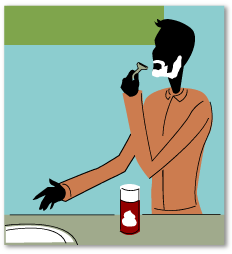
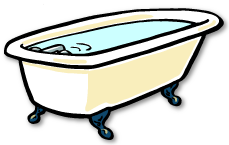

-
Domestic skills
Even when you are in pain it is important to do chores in and around the house. You may notice that this will take more time on pain days, but it is important to pace yourself during these activities. The Acting upon the problem section includes ideas on how to pace various activities.
Shopping
• When you plan a shopping trip, it may help to organize your
shopping list so that you can take rests when you need to and
allow time for a coffee break. Plan to do your light shopping first
so you don’t have to carry heavy shopping for too long• Once familiar with the layout of your supermarket, you should be
able to organize your shopping list accordingly so that you don’t
end up having to go right back to the other end of the store for
something you have forgotten• In the grocery store, even if you only need a few items, it may be easier to use a shopping cart instead of putting all the items into a basket, which can put strain on your arm and may promote a lopsided posture
• If you divide your shopping into two bags, instead of one, the
weight will be more evenly distributed• At most supermarkets the staff are happy to help at any stage
and to lift your shopping into the trunk of your car for you• When unpacking groceries from your car at home, it may be
easier to unload frozen items first and have a rest before
unloading everything elseLaundry
Handling wet clothes
• When you are loading or unloading the washing machine you
might find it easier to kneel or sit on a small stool.• Remember that wet clothes are heavier than dry ones, so it
would help to only half fill your basket when carrying your
clothes to the clothes line.• Many people find that a clothes line is the easiest to use. If it is
too high then you could stand on a wooden box or low stool. If you do not have a clothes line use a pulley or prop so that the line is easily accessible. Keep a box or stool handy to put the laundry basket on; avoid unnecessary bending or reaching.• When ironing try to twist from your hips not your back, as this puts less strain on the lower back. Make sure the ironing board is at the correct height, so that you do not lean forward. Pace yourself and don’t iron things if you don’t need to. It may be better to iron little and often, instead of doing a large amount all at once. You may find it helpful to leave the ironing board out all day and do the ironing in short bursts throughout the day
Ironing
• Try to twist from your hips and not your back. This will put less
strain on your lower back• Make sure the ironing board is at the right height
• Don’t iron things if you don’t need to!
• It might be better to iron little and often instead of doing a large
amount all at once• You may find it helpful to leave the ironing board out all day and do the ironing in short bursts throughout the day
Washing Dishes
• Sinks are never at the right height for everyone in the household. If the
sink is too deep or too low for you to reach comfortably or causes you
to stoop, you could place a bowl upside down at the bottom of the sink
and put another one upright on top of it, where you would put your
dishes in. Another option is to kneel on a chair or stand on a stepping
stool to be at the right height• If you use a dishwasher it may be easier to kneel to load and unload it
to avoid twisting and bendingVacuuming
• When using a vacuum cleaner, step backwards and forwards with it, keeping
it close to the body - better than keeping your feet in one place and pushing
it backwards and forwards. This will put less strain on your back and arms• You may find that a carpet sweeper is lighter and easier to use
• Remember to pace yourself: vacuum one room at a time, taking a rest before
the next room• You may want to ask someone else to carry the vacuum upstairs
• It may be easier to use a “dustbuster” type cleaner on the stairs, as it is much
lighterMaking the bed
If you use several blankets on your bed, you may wish to consider
replacing these with one duvet. Having just on blanket makes bed
making much easier.When making the bed, try not to stretch over the bed when tucking in
the sheets. Kneeling beside the bed and moving around on your knees
might be easier. When changing sheets on a bigger bed, you may
want to ask someone to help you.To encourage every member of the family to make their own beds.
Cooking
• If standing is a problem, you may find it helpful to sit or use a
stool when preparing vegetables etc.• Try to plan ahead. It may be helpful to begin to prepare for
an evening meal earlier in the day so you don’t have to make
a whole meal in one go. A cold sweet or salad, for example,
could be prepared in the morning.• Good sharp knives require less pressure when cutting.
• Keep heavy appliances at waist level to avoid unnecessary bending.
Taking Care of Pets
Playing with pets can be very relaxing but it can also be a lot of work.
Instead of taking your dog for a long walk maybe a few shorter walks in
one day would be easier.Feeding your pet should not require that much extra effort but don’t be
afraid to ask other family members for help if you need it.Make sure when you bend down to clean up after your dog that you bend with your knees.
Cleaning your dog may be a very difficult task as if often requires a great deal of bending and lifting. If may be best to bring your pets to a dog groomers to get cleaned and groomed.
Playing with your dog can reduce tension and bring joy but it important to pace yourself and to try not to do too much of anything.
Remember
• Avoid unnecessary lifting and bending whenever possible
• Which activities could you do differently?
• Think before you pick something up from a low cupboard. Discuss how you would approach this. Remember to bend from the knees, not the waist. Keep your back straight
• Keep heavy appliances at waist level
• At what height are your working surfaces? Are they a few inches below elbow height? Do you need to invest in a table that is the right height?
• Do you need to use a high stool or sit to carry out kitchen tasks? Stand as close as possible to the work surface to eliminate unnecessary bending and reaching
• Encourage each member of the family to help. You may want to set up a time, where everyone helps out with chores. For example, Saturday morning from 11am to noon, everyone is assigned a chore (some families like to have music on when they clean, this often helps them get motivated).
• Never try to clean the whole house all at once. Remember to pace yourself.

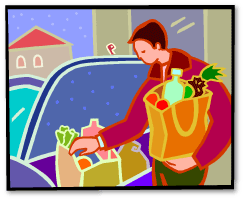
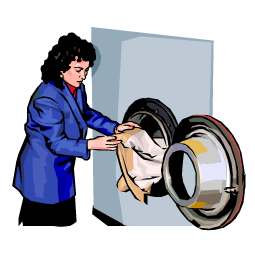
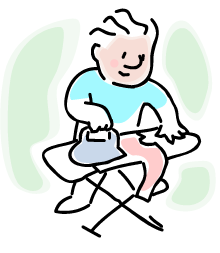
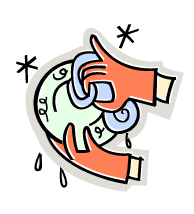
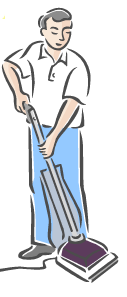
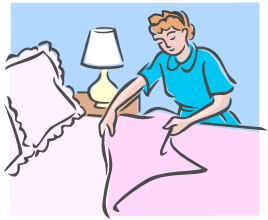
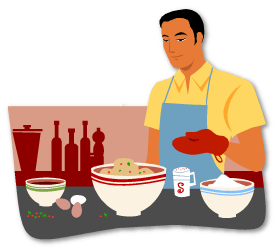
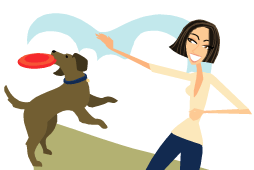
-
Leisure activities
At times you may not feel up to doing much, but leisure activities are very important. These may feel like activities you may no longer be able to do but in moderation you should be able to try.
If you used to play football maybe try new more relaxing activities like swimming. Pace yourself. Maybe playing a sport once a week instead of five times a week may be a good idea.
Sports are very important; not only is the exercise helpful in reducing pain but you will also share some fun times with your friends which can also lower your pain. A little bit of exercise everyday is crucial if you want to feel your best.
• Try to set goals for your leisure time
• Identify what might make it difficult to achieve your goals and try to plan ways around the difficulties
• Can you break your goals into mini-goals that are realistic and achievable?
PACE work to allow for leisure! -
Driving
Driving Tips
• Adjust the seat so that all the controls are within comfortable reach.
• Ensure that the head rest is in a comfortable position.
• Your knees should be slightly bent when touching the pedals.
• If you adjust the rear view mirror so that you need to sit up to see in it, it will act as a reminder to stop you slouching.
• If you wear flat shoes while you are driving, your calf muscles may not become so tired.
Remember to plan and pace your journey. Avoid sitting for long periods. Take regular breaks, to help stretch your legs.
Comfortable driving
• Pace yourself – have frequent breaks. This will make the journey more bearable
• Relax and try to keep your neck from pointing forward. If you put your chin upward it puts considerable strain on the muscles at the back of your neck. Try to keep your chin down, keeping your neck straight
• If you wriggle in your seat when you are sitting for awhile this will help to stretch your muscles; you can put the vehicle in neutral gear at traffic lights, this will help especially when in heavy traffic or on long journeys
• A rolled up towel or sweater may give support to the lumbar spine (lower back) and promote good posture
When getting into the car, it may be more comfortable to:
• Place your bottom on the edge of the seat, so that you
are facing out of the car. Turn towards the front of the
car and lift your legs into the car, either together or one
at a time• Putting your legs in first forces you to twist your back
When getting out of the car it may be easier to:
• Swing both feet out of the car and turn your body at the same time to face outwards
• Move to the edge of the seat before trying to stand up
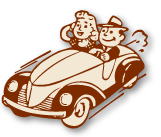
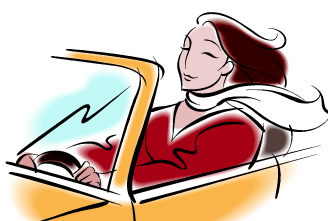
-
Gardening
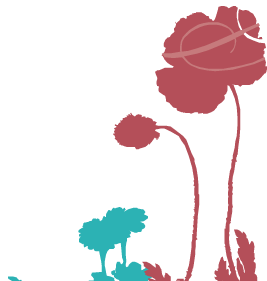
If gardening is something you enjoy, you may find it hard to stop once you get involved in it. Pacing, therefore, may seem difficult. However, it is still very important to pace any activity, however much you enjoy doing it.
Tools/Equipment
• Keeping tools sharp will take some of the strain out of gardening
• Long-handled and lightweight tools are usually easier to use and
prevent you from standing in a stooped position. Many are available
from most good gardening centres• Check that the height and weight of the tool is correct for you and
that the handle is easy to gripMowing and Trimming
• Rotary mowers are generally easier than hover mowers
• If using a hover mower, try not to swing it from side to side, as this can put strain on the lower back
• You may need to mow a little at a time and keep as upright as you can
• Long-handled shears to trim edges reduce a stooping posture
• A four-wheeled wheelbarrow with a stroller type handle is more stable and is easier to control
• Check that the load within the wheelbarrow is positioned over the wheel(s) to prevent strain on your arms
Practical Hints
• It could be helpful to have a comfortable chair or stool nearby to rest on
• When digging, keep your back straight, dig a little at a time and take
regular breaks. Pace yourself. Work out your baseline (initial time level)
for digging and gradually increase your time level in a planned way• Window boxes, hanging baskets and plant tubs may require less
bending and reaching. Raised flowerbeds can also be useful, but if
they are too wide they will force you to over reach• Get help with any very heavy work
• Using a greenhouse with workbenches at the correct height
enables you to sit while gardeningLow maintenance gardens
• Consider paved areas with tubs of flowers, shrubs or herbs.
These require less work. Vegetable plots, large trees that shed
leaves and fast growing hedges, all require constant work.• Work from a kneeling position. Weeding and planting can put
strain on your back if it is bent and stretched for too long.
Kneeling pads are useful.• When pruning, if you use pruning shears with a cut and hold
action you don’t have to keep bending down to pick pieces up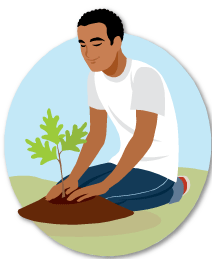
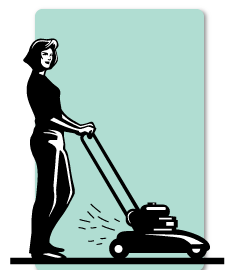
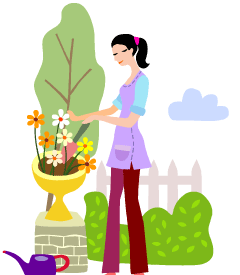
-
Work
Things to achieve when returning to work
Below is a list of things that a person needs to achieve in order to return to work and cope better with work:
• Increased mobility
• Pain coping strategies
• Change attitude to work
• “Why is work important to me?”
• “What needs does it fulfill?”
• “Can these needs be met in any other way?”
• Develop an ability to keep up effort for longer periods
• Build up slowly and surely
• Assess the need for training or retraining
Take a broader view of work
There may be a sense of panic if you lose your job, especially if you have a family to support, but there may be many reasons why your normal employment is no longer possible. You may need to consider which employment is most suited for your present capabilities.
Find absorbing tasks
This can be important in helping to give you a sense of achievement and control. Hobbies and interests may even develop into job opportunities. They may also help to build up some skills required for work eg. Increase of sitting levels and concentration.
Remember to leave some energy for fun and relaxation!
Making changes at work
• Make sure your chair and work surface is at a good height for
you.• Modify duties to less strenuous tasks.
• Work slightly longer hours with more frequent breaks. Plan
stretch breaks to relieve stiffness.• Have equipment to help with lifting.
Writing may be difficult if you have arthritis or pain in your joints. It may be difficult to hold a pencil and write for any length of time. Consider the following tricks on ways to help protect hand joints:
• Use foam shells on pens and pencils
• Felt tip pens require less effort to write with
• Computers or other electronic devices can be used for writing longer
documents• Record meetings with a tape recorder instead of writing down notes, or
ask someone else for a copy of the notes taken at the meeting.• Relieve neck stiffness with a book holder that keeps the book at a
comfortable reading angle, or change the height or positioning of your
chair.• Reorganize your work area, so that you can move around more.
Discuss with your boss how, by making these changes, you could become more productive and effective.
Sometimes changes are not easy and don’t produce fast results but gradual changes can help!
Choose a new career
• Some people with chronic pain find that they cannot return to their previous career due to the demands of that type of job.
• Retraining can provide access to a new career.
Important factors to consider
• What type of career? Consider what type of skills you have already.
• Can these skills be transferred, e.g. cleaning job to supervisor
of cleaning team.• Consider what you are good at, what you enjoy and what
hobbies and interests you have.• What sort of training is available in the areas in which you are
interested?• At what cost?
• What is the job market like in the careers in which you are interested?
To answer these and other questions, you may need the help of professional services.
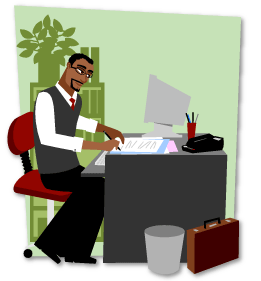
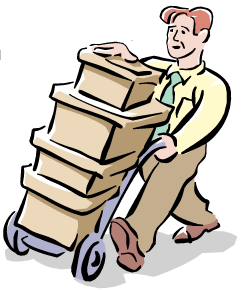
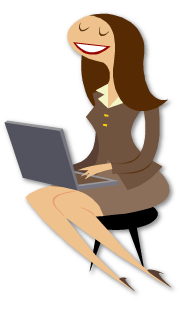
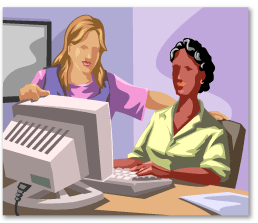
-
DOs and DON'Ts
DOs
• Avoid unnecessary lifting and bending
• Bend from the knees and keep your back straight when lifting
• Keep heavy appliances at waist level
• Pace yourself
• Include leisure activities in your daily routine
• Make sure your work surface are not more than a few inches below elbow height
• Stand as close as possible to the work surface to eliminate unnecessary bending and reaching
• Communicate with others as often as possible to discuss your abilities
DON'Ts
• Don’t bend from the waist to pick something up from the floor
• Don’t stand when you can sit on a stool instead. This will help you do household chores more easily
• Don’t try to fit too much into one day. You will get tired and worn out. It is very important to pace yourself in all activities that you do throughout your day
• Don’t try to do too much first thing in the morning or you will be burnt out before the day even begins
-
Example
Steve takes action
My plan to increase my independence is by doing more of the things I
used to do around the house and depend less on my wife to do it all. I
plan on first trying to do the laundry, then cook, and hopefully do the
groceries on a regular basis. I plan on only starting one activity at a time,
and slowly increasing the amount of activities with time.

-
Worksheets
Please click on the icon below to access a WORKSHEET where you are asked to write down the importance of leisure in your life.
Please click on the icon below to access the WORKSHEET you will need to fill out for this section. Your coach will go through your answers with you over the next telephone conversation or you can bring it to your next clinic visit.

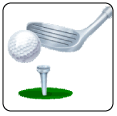
PACE - Challenges You May Face
-
Introduction
Even with the greatest plans we can sometimes come across obstacles. Before moving on with a plan, it is important to look at some of the challenges you may be facing. This brings us to the 3rd section of PACE.
The next pages describe some common doubts that other people with chronic pain have shared with us in regards to setbacks.

-
I'm feeling overwhelmed with all the work that needs to be done every day
Whatever you do, don’t try to do everything in one day! If you are
working, or have other daily responsibilities, try spreading out your
activities throughout the week, so that you are not leaving everything for
Saturdays.For example, you may want to do the groceries on Tuesdays, the
laundry on Thursday evenings, and vacuum on Wednesdays (while
supper is cooking), etc. Pacing activities this way will help free up some
time on the weekend, and you will feel less overwhelmed with the
workload.Some days may be easier to pace activities than others. In general, people need to do a little bit of cleaning or a load of laundry every day as part of their pacing plan.
On days that you feel overwhelmed with daily tasks that have accumulated, you may need to ask others around you for some help. Try assigning a house chore to everyone in the household; in less than an hour, most of the workload should be done. It helps to put on some music in the house to help motivate your helpers!
When you are feeling discouraged, don’t forget to remind yourself to:
• Look at your strengths instead of your limitations/weaknesses.
• Do not compare yourself with the person you were before your illness/condition.
• Instead, try to measure progress by referring to the way you were at your lowest point.
• Be included in planning modifications (at work or at home).
• Make decision and acceptance of responsibility.
• Ask for help from others.
• Have active social interactions with peers.
• Avoid competition and being caught up with the more physically able.
• Try to accept your limitations
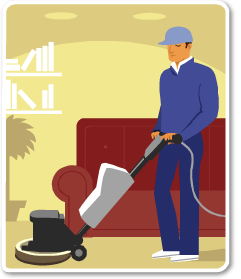
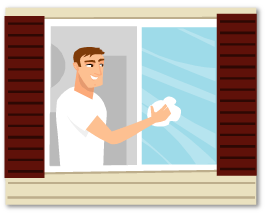

-
Example
Challenges Steve faces with her plan
Many times during an activity, I end up stopping and leaving it unfinished,
because I suddenly start thinking that my pain will start increasing at any
moment during that activity. Now, I just don’t see the point in starting it,
because I fear that my pain will only get worse during activities. I feel
that I have failed at my plan to become more independent.Steve gets more help
I decided to talk to my coach about this, because at this rate, I just don’t
know how I’m going to achieve my goal to become more independent.
My coach suggested that I pace my activities and that it’s okay if the
activities don’t all get done. My coach also reminded me that activities
don’t make chronic pain worse, and that it’s important to stay active. I
was also reminded to look at what I did do and not focus too much on what didn’t get done.If you think you may need more help dealing with the challenges you are facing, please click on the phone icon at the bottom left of the page.




-
Worksheet
PACE - Evaluating Your Plan
-
How did your plan work?
This brings us to the final step of PACE, evaluating your plan.
Just like using a scale, weigh out how successful the plan was in dealing with the problem you chose to work on.
Now that you have done most of the reading on activities of daily living when dealing with chronic pain, and have practiced managing and pacing your activities, look back at your plan and evaluate if it worked. Do you see any improvement?
It’s important to look at the things that did work and to remember not to try to fix everything all at once. Some things may take a little longer to work on than others.
Click on the video to learn more about evaluating your plan.


-
How will you know if you need to modify your plan?
Try for a week or two and track how well your plan is working. At the end of
every day, write down what is working and what isn’t.Reward yourself for progress as often as you can. Remember that changing
behaviours, especially when you are in pain and feeling tired and stressed
can be hard.If you persist, you will see positive results.
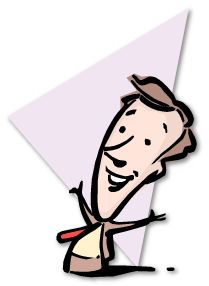
-
Different ways of keeping up with your plan in your everyday life
Good job for getting this far! Now that you have done all the steps
necessary to work on the problem you picked to work on, it is
important to find ways of applying them in your everyday life.Asking your support network, like your friends and family, to help
motivate you with your plan is also a great idea.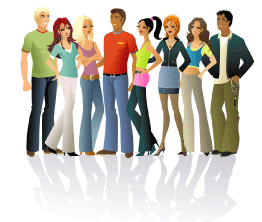
-
Example
Steve evaluates her plan
When I first started with my plan, I think I was a little impatient to get
started and expected immediate results. I find that my goal of increasing
activities in my life has added stress, anxiety and fear of making my pain
worse. I’m glad that I spoke with my coach, because I was reminded that
activities won’t make my chronic pain worse. It looks like the best way to
achieve my goal of doing more activities to get my independence back means pacing these activities. I guess I should also try to change the way that I look at things too; maybe looking at the things that I did accomplish, instead of what didn’t get done.

-
Worksheet
-
Example 2
How Steve will stay on track
I plan on writing down my goals, breaking these down into smaller ones
and pacing my activities. I think that the best way to increase my
independence is to start with smaller goals, and to slowly increase my
activity levels. I know that if I try to do all of the activities I plan on doing
too soon, I am only setting myself up for more challenges and unfinished
goals. A good way for me to keep motivated with my plan is to have a checklist of all my mini goals, and for each one that I finish, I put a checkmark next to it. This way I get to see all of the activities that I did accomplish. I now feel that I’m on the right path to getting my independence back

-
Worksheet
Checklist
Clicking on the icon below will link you to a CHECKLIST of situations you may be going through; it allows you to express some of your difficulties or concerns
Click on the icon to access the checklist

Resources
If you are interested in learning more about this subject, please click on the icon below to consult the references. If you need help finding any of these resources you can ask any member of your psychosocial team.
Chronic Pain
• abcnews.go.com/Health/LivingWithPain/
• www.cbc.ca/natureofthings/pain/pain_flash.html
Activity limitation survey - Stats Canada
• www.statcan.ca/Daily/English/021203/d021203a.htm
The following books can help you further understand the subjects below:
Living with chronic pain
Alma Edith Welch. "Experiencing Joy in the Midst of Suffering: Living Above Pain".
Conclusion
Congratulations! You are done this chapter. By finishing this chapter and completing all the worksheets you have learned many skills. We hope that you have solved your problem using PACE and learned many new ways to tackle problems that you may have in the future. You have put in a lot of work in this chapter so give yourself a pat on the back.
In this chapter you have read about:
• Ways of improving your quality of life
• Different methods that can help perform everyday living tasks
• How to modify work conditions
• The importance of leisure time
Clicking the next button will take you to the Conclusion chapter of Pain101, or you can choose a different chapter from the menu on the left
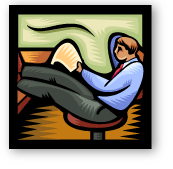
Introduction
Goals
P - Picking a Problem
A - Acting Upon the Problem
C - Challenges You May Face
E - Evaluating Your Plan
Checklist
Resources
Conclusion
Glossary

